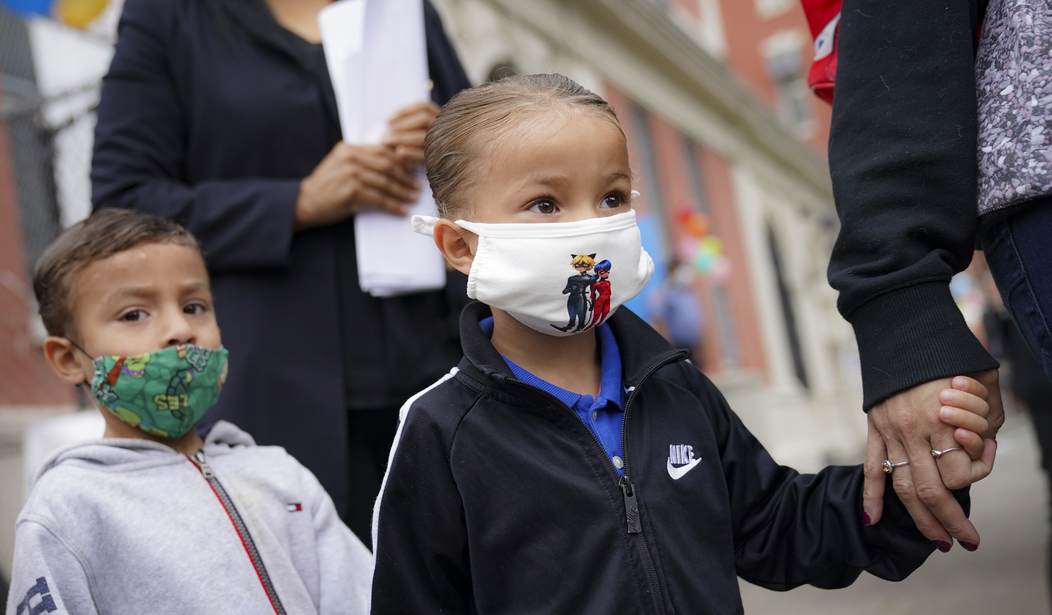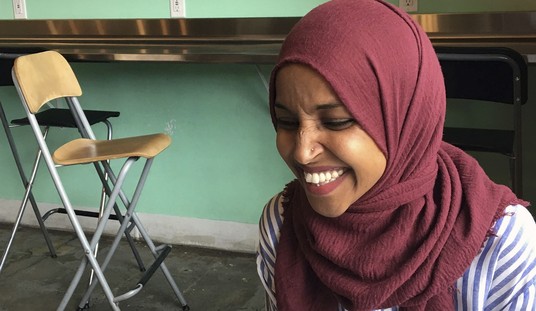There’s a reason why it feels like we’ve read a few hundred stories during the pandemic about the effectiveness of masks and we’re still no closer to a definitive answer than we were in March 2020. The basic problem with drawing conclusions about mask efficacy in the wild is that there are too many variables affecting transmission to let us draw firm conclusions about how much masks did or didn’t matter. For instance, we could compare schools where kids are masked all day long to schools where kids aren’t masked at all, but…
…does each school have the same ventilation system?
…does each school space kids the same distance apart?
…does each school’s surrounding community have the same infection rate?
…does each school’s surrounding community have the same vaccination rate?
…are all kids wearing the same types of masks?
If we could hold all other variables constant, we could isolate masking and examine its effect on contagion. But we can’t. Realistically, we can’t get anywhere close. The best we can do is look for correlations between more masking and lower transmission and say that there might be a causal relationship. Maybe.
Epidemiologists at the University of Michigan believe there’s a causal relationship, though, and of course they know this stuff vastly better than I do. They studied schools across the state in August and September and found that, yes, schools that required masks had lower rates of transmission than schools that didn’t.
“There’s a ton of studies out there and we can see it with our own data here in Michigan: Masking helps prevent transmission,” said Marisa Eisenberg, an associate professor in U-M’s departments of epidemiology and complex systems.
Eisenberg led a team at the university comparing case rates among children in school districts with no mask requirements to those with rules in place.
The rate of infection reached an average of about 45 cases per 100,000 students by late September in school districts with mask mandates.
Virus spread was 62% higher in school districts with no mask rules, where the infection rate averaged 73 cases per 100,000 by late September.
At least two CDC studies have also linked mask-wearing to lower rates of COVID in schools. Is that causation or mere correlation?
Ryan Mills has a nice piece today at NRO crunching the data on masking in Florida’s schools to see if there’s a benefit or not. Like the scientists in Michigan, Mills did find a correlation between mask-wearing and lower transmission rates:
Combined, the 13 districts with mask mandates reported 42,194 documented cases of students testing positive for the virus, out of about 1.57 million students total, or about 2.6 percent. According to data provided by the Miami-Dade County school district, the largest school district in Florida, only about 0.6 percent of the district’s students tested positive for COVID-19 this school year, the lowest in the state. In August, Miami-Dade County instituted a mask mandate with no parent opt-out.
In the 28 school districts that had no mask mandate and that track COVID-19 infections, there were 27,878 infections among 537,594 students, or about 5.2 percent, according to data provided to National Review.
Maskless schools had literally double the rate of infection as schools with mandates. Proof positive that masks work? Well, hold on. Mills also found, unsurprisingly, that there were outliers. Some schools without mandates had low transmission rates while some with mandates had high ones. That doesn’t mean masks don’t work, but it does show that they’re not enough in themselves to drive rates way down.
There was another correlation in the data that caught Mills’s eye, though, one which I think probably explains the results better than mask mandates do. Quote: “The school districts with the strictest mask mandates are overwhelmingly in counties with relatively high vaccination rates and low new case positivity rates.” Conversely, of the 36 Florida counties with the lowest vaccination rates, not a single one had required masks in schools. Maybe it’s not the masks that are holding down transmission. Maybe it’s the local vaccination rate, with high-vax areas more prone to make kids mask up in schools.
There’s evidence to support that theory. A study from Israel earlier this year found that unvaccinated kids were less likely to be infected in communities with high vaccination rates among adults than kids in communities where adults aren’t as commonly vaccinated. Which makes sense: The vaccinated clear the virus from their systems more quickly than the unvaccinated do, which makes them less infectious to others — including children.
We also know from dozens of polls this year that vaccinated adults are more likely to take precautions like masking and social distancing than the unvaccinated are. It may be, then, that schools with mask mandates are seeing less spread not because the masks are keeping kids safe but because the adults around them in the community are more likely to be vaxxed and therefore less contagious. Since vaxxed adults are more risk-averse, they may also be more strict about not exposing kids to potential infection (e.g., letting them visit a friend’s house) than unvaxxed adults are, further reducing community spread. The apparent correlation between masking and less COVID may be little more than an artifact of the causal relationship between vaccination — and non-pharmaceutical precautions taken by the vaccinated — and lower transmission.
Some of the outliers Mills found could be explained this way too. A community with a low vaccination rate might have been hit hard by the virus earlier in the pandemic, creating lots of natural immunity among locals. In a case like that, we shouldn’t be surprised if the local school has a low transmission rate despite the paltry vax rate. Immunity is what limits the spread of the virus, after all, not vaccination per se; the vaccine is just the quickest, safest path to immunity.
Bottom line: If you’re looking to do something to protect your kids from COVID, masking them might help but I’d bet that getting vaccinated yourself would help more.







Join the conversation as a VIP Member